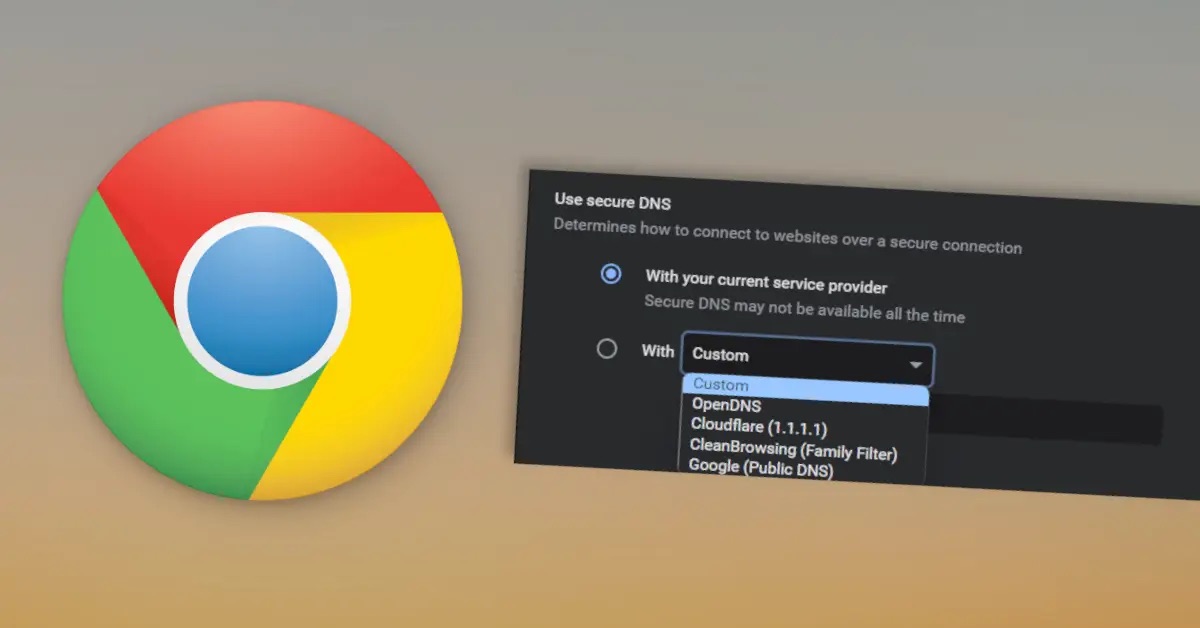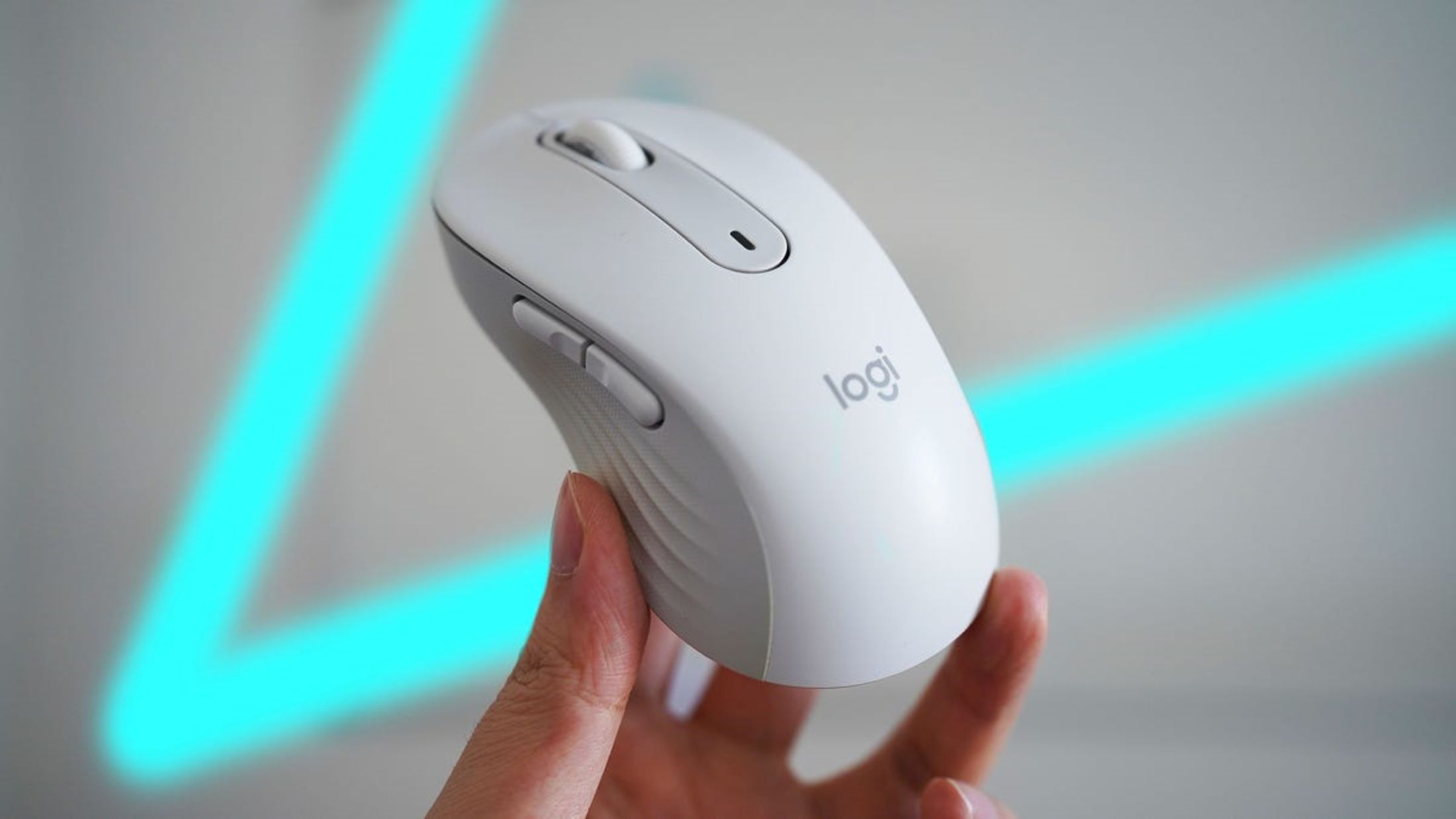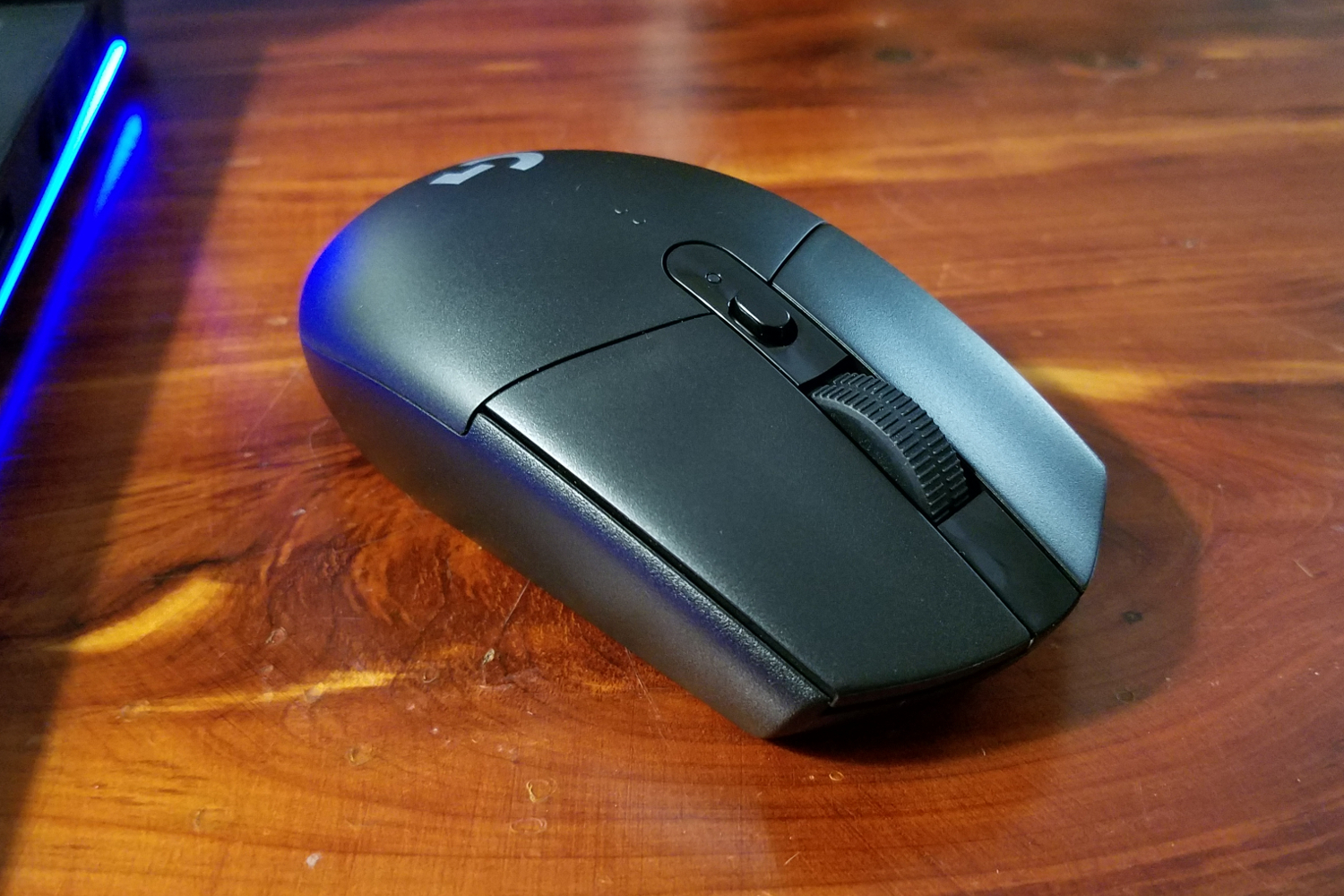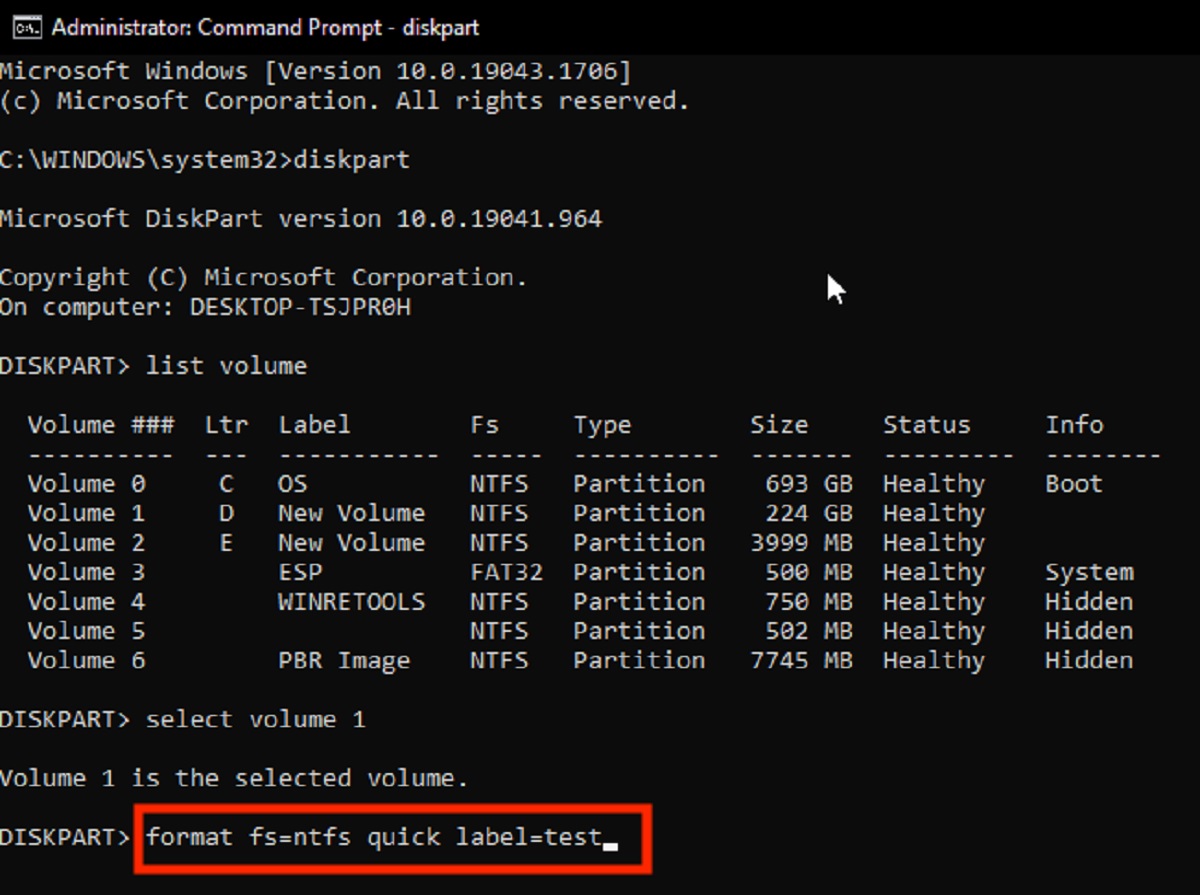Introduction
When you open your web browser and navigate to a webpage, you may notice a tiny, blinking vertical line in a text field or search bar. This seemingly inconspicuous element is known as the blinking cursor, and it serves a crucial role in your browsing experience. Whether you're typing a web address, entering a search query, or filling out a form, the blinking cursor is there, eagerly awaiting your input.
The blinking cursor in Chrome, Google's popular web browser, is a familiar sight for millions of users worldwide. It's a subtle yet essential feature that signifies where your text input will appear. This unassuming blinking line is your gateway to interacting with the digital realm, enabling you to communicate, search, and navigate with ease.
As you ponder the significance of this unassuming cursor, you might wonder why it blinks, or if there's a way to customize or disable it. These questions are valid, and understanding the purpose and behavior of the blinking cursor can enhance your browsing experience. In the following sections, we'll delve into the intricacies of the blinking cursor in Chrome, exploring its functions, reasons for its behavior, and how you can tailor it to suit your preferences. So, let's embark on a journey to unravel the mysteries of the blinking cursor and discover the ways it shapes our interactions with the digital realm.
What is the blinking cursor in Chrome?
The blinking cursor in Chrome is a small, vertical line that appears within text fields, search bars, and other input areas when using the Chrome web browser. This cursor serves as a visual indicator of the current text input location, allowing users to see where their typed characters will appear on the screen. It blinks rhythmically, drawing attention to the specific point where text will be inserted or edited.
The primary function of the blinking cursor is to provide a clear and dynamic reference point for text input. When you click on a text field or search bar, the blinking cursor appears, signaling that the area is ready for your input. As you start typing, the cursor blinks to indicate the insertion point, guiding your text entry and ensuring that you can accurately input and edit your content.
In addition to its practical purpose, the blinking cursor also serves as a visual cue for user interaction. It signifies that the text field is active and responsive, inviting users to engage with the webpage by entering text or performing searches. This subtle yet effective visual feedback enhances the user experience, making it easier to interact with web forms, search engines, and other input elements within the Chrome browser.
Furthermore, the blinking cursor in Chrome aligns with the browser's user interface design principles, emphasizing clarity and usability. By providing a clear indication of the text input location, Chrome ensures that users can effortlessly interact with web content, reducing ambiguity and enhancing the overall browsing experience.
Overall, the blinking cursor in Chrome is a fundamental component of text input and interaction within the browser. Its presence and behavior play a vital role in guiding users as they input text, perform searches, and engage with web forms, contributing to a seamless and intuitive browsing experience.
Reasons for the blinking cursor in Chrome
The blinking cursor in Chrome serves multiple essential functions, each contributing to a seamless and intuitive browsing experience. Understanding the reasons behind its behavior sheds light on its significance and impact on user interaction. Here are the key reasons for the presence and behavior of the blinking cursor in Chrome:
-
Text Input Guidance: The primary purpose of the blinking cursor is to guide users during text input. When a text field or search bar is activated, the blinking cursor appears, indicating the precise location where text will be inserted. This visual cue is crucial for users to accurately input and edit their text, ensuring a seamless and error-free typing experience.
-
Active Input Indicator: The blinking cursor serves as an indicator of active text input areas. When a user clicks on a text field, the blinking cursor's appearance signals that the field is ready for input. This visual feedback enhances user awareness and engagement, clearly delineating the active input areas within the browser interface.
-
User Interface Clarity: The presence of the blinking cursor aligns with Chrome's commitment to user interface clarity. By providing a dynamic and visible marker for text input, Chrome enhances the overall usability of web forms, search bars, and other input elements. This clarity reduces ambiguity and empowers users to interact with web content more effectively.
-
Visual Feedback: The rhythmic blinking of the cursor offers visual feedback to users as they type or edit text. This dynamic visual cue reinforces the user's awareness of the text input location, ensuring that their input is accurately placed within the designated field. The blinking cursor's movement provides real-time feedback, enhancing the user's sense of control and precision during text input.
-
Accessibility and Inclusivity: The blinking cursor contributes to Chrome's accessibility features by providing a clear visual indicator of text input areas. This is particularly beneficial for users with visual impairments or those who rely on screen readers. The distinct visual presence of the blinking cursor enhances the inclusivity of Chrome's interface, ensuring that all users can engage with web content effectively.
In essence, the blinking cursor in Chrome is not merely a visual element; it is a fundamental component that facilitates text input, enhances user interaction, and upholds the browser's commitment to usability and accessibility. By understanding the reasons behind its presence and behavior, users can appreciate its role in shaping a more intuitive and inclusive browsing experience.
How to customize or disable the blinking cursor in Chrome
Customizing or disabling the blinking cursor in Chrome can be a valuable way to tailor your browsing experience to suit your preferences. Whether you seek to adjust the cursor's appearance or eliminate it altogether, Chrome offers options to accommodate your needs. Here's how you can customize or disable the blinking cursor in Chrome:
Customizing the Blinking Cursor
-
Changing the Cursor Color: Chrome allows you to modify the color of the blinking cursor to enhance visibility or align with your preferred theme. To achieve this, you can utilize browser extensions or custom CSS to override the default cursor color. By selecting a color that contrasts effectively with the background, you can improve the cursor's visibility and ensure a more comfortable text input experience.
-
Adjusting Cursor Blink Rate: If you find the default blinking rate of the cursor distracting or too rapid, you can explore browser extensions or advanced settings to adjust the blink rate. By customizing the blink interval, you can tailor the cursor's behavior to better align with your typing rhythm and visual comfort, enhancing your overall browsing experience.
-
Utilizing Accessibility Features: Chrome offers accessibility settings that allow users to modify the appearance and behavior of the blinking cursor. By navigating to the browser's accessibility options, you can explore features such as cursor size, contrast, and animation, enabling you to personalize the cursor to better suit your visual preferences and needs.
Disabling the Blinking Cursor
-
Browser Extensions: Chrome's extensive library of extensions includes tools that enable users to disable the blinking cursor. By installing relevant extensions, you can effectively suppress the cursor's blinking behavior, providing a static and unobtrusive text input indicator. These extensions offer flexibility in managing the cursor's visibility, catering to users who prefer a more subdued text input experience.
-
Advanced Browser Settings: Chrome's advanced settings and experimental features may provide options to disable the blinking cursor. By delving into the browser's configuration settings, you can explore experimental flags or hidden preferences that offer granular control over the cursor's behavior. While these options may require technical proficiency, they can empower users to customize the cursor's presence according to their specific preferences.
-
User Stylesheets: For users adept at customizing web browser behavior, user stylesheets present an avenue to disable the blinking cursor. By crafting custom CSS rules that target the cursor's appearance, users can effectively suppress its blinking or modify its visibility. This approach offers a high degree of customization, allowing users to exert precise control over the cursor's behavior within the Chrome browser.
By leveraging these customization and disabling options, users can tailor the blinking cursor in Chrome to align with their visual preferences and browsing habits. Whether through color adjustments, blink rate modifications, or complete suppression, Chrome's flexibility empowers users to shape their text input experience according to their unique needs and preferences.

























